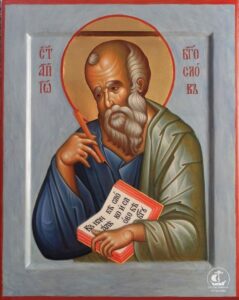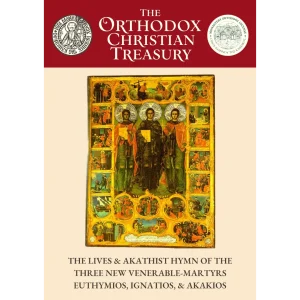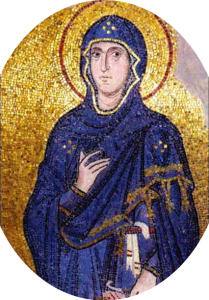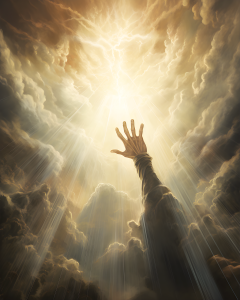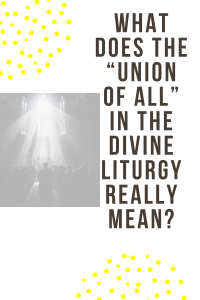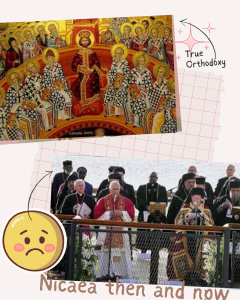St. Ninnidh of Inismacsaint, Ireland
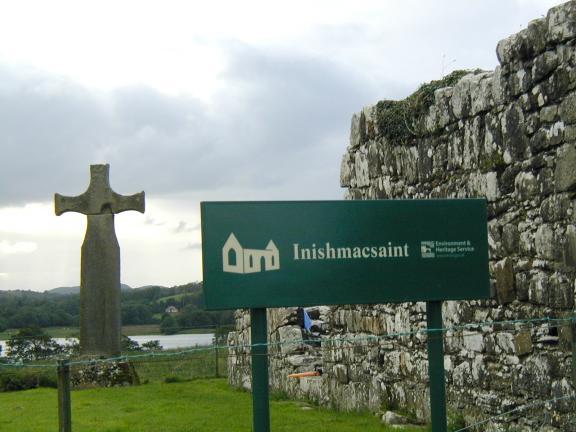
Inismacsaint
St. Ninnidh of Inismacsaint, Ireland
Commemorated January 18
So it would seem that some confusion exists around both the exact identity of Saint Ninnidh and his feastday, due to the association of Saint Ninnidh of Inismacsaint with Saint Ninnidh of the Pure Hand who attended Saint Brigid on her deathbed.
Saint Ninnidh of Inismacsaint, however has a distinct identity as one of the disciples of St Finnian at the great monastic school of Clonard, and as one of the 12 Apostles of Ireland. His memory is still preserved in Fermanagh, and below is a short account of the saint’s life from a local history publication:
St. Ninnidh, who was a grandson of the High King Laoire, was born in Donegal, and from an early age, it was seen that he was interested in religious matters. He was therefore sent to Clonard to be educated under St. Finnian. His fellow students at this establishment were said to be St. Ciaran of Clonmacnoise St. Molaise of Devenish and St. Aidan of Ferns. St. Ninnidh was one of the twelve students supported on the milk of St. Ciaran’s Dun Cow. St. Ninnidh, St. Aidan and St. Molaise were all close friends and St. Ciaran, their colleague, visited Inishmacsaint in 534.
St. Ninnidh preached along the south shore of Lough Erne making the island of Inishmacsaint (Island of the Plain of Sorrel) his headquarters around 532 A.D. He likely journeyed up and down the southern portion of Lower Lough Erne in a hollowed-out boat, coming ashore at intervals and making his way inland, in order to meet the people and spread the Gospel, no doubt having the odd heated discussion with the local druid. He probably established a little church or residence at Glenwinney (Ninnidh’s Glen), visited Ninnidh’s Hill above Roscor to meditate and pray and quenching his thirst at nearby Ninnidh’s Well. A route led from Inishmacsaint Island to Maherahar and Inishway; thence to Glenwinney where there was a small church; through Urros and Beagh along what was later to become the old coach road from Dublin to Ballyshannon through Magho. The route then turned to Ninnidh’s Hill above Roscor where a small church was established and then through Killybig to another little church at Kilcoo. This route was probably used by St. Ninnidh and the early Christians of the area during rough weather when it was dangerous to go by Lough Erne.
He is said to have fasted during Lent on Knockninny, which still bears his name, no doubt making his way there by boat from Inishmacsaint. The saint was bishop over an area stretching from the oustskirts of Derrygonnelly to Bundoran and the saint’s feast day is celebrated on the 18th January, which is the date he died, but the exact year is unknown. St. Ninnidh’s Bell, which was cast and presented to him by St. Senach of Derrybrusk, was still in existence on the island in the middle of the seventeenth century, probably until the dissolution of the monasteries of 1630. Later the Bell was in the Castle Caldwell Museum, and is now in the National Museum of Scotland in Edinburgh. Archdall, writing in the early 19th century stated “The Saint’s Bell is yet preserved here as a precious relique and is holden in so great a veneration that it is often judicially tendered them to swear on”. It is not known who succeeded St. Ninnidh on his death but the next parson mentioned is Fiannamail, descendant of Boghaine, who was slain in 718.
W.K.Parke, The Parish of Inismacsaint, (1973).
Source: Under the Oak, which is a blog on the Irish saints.


